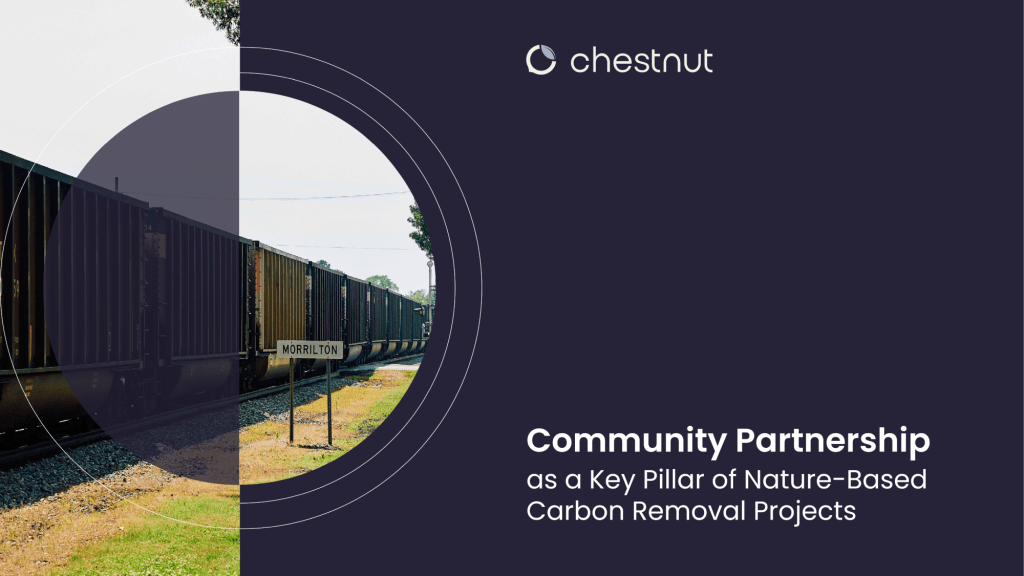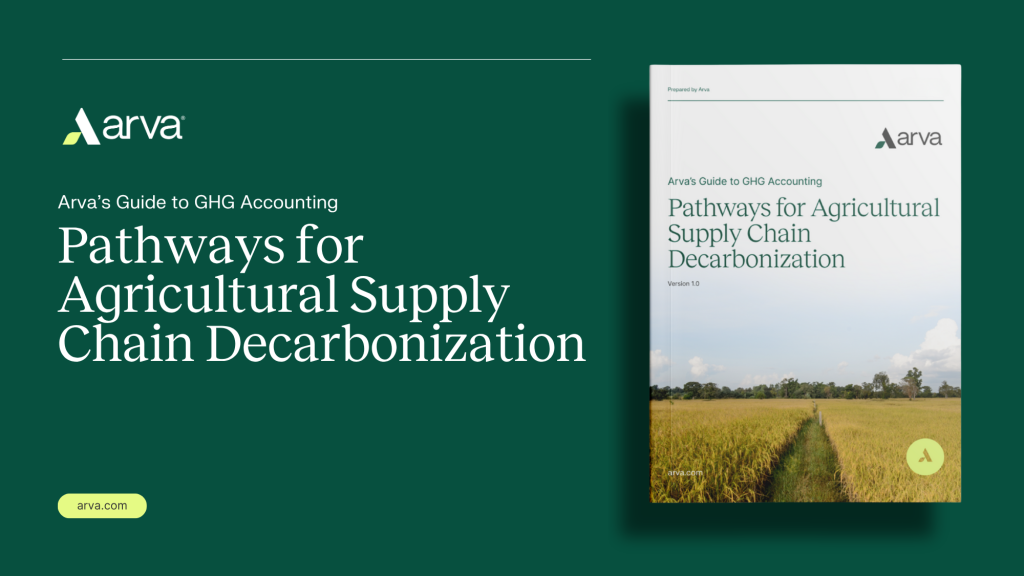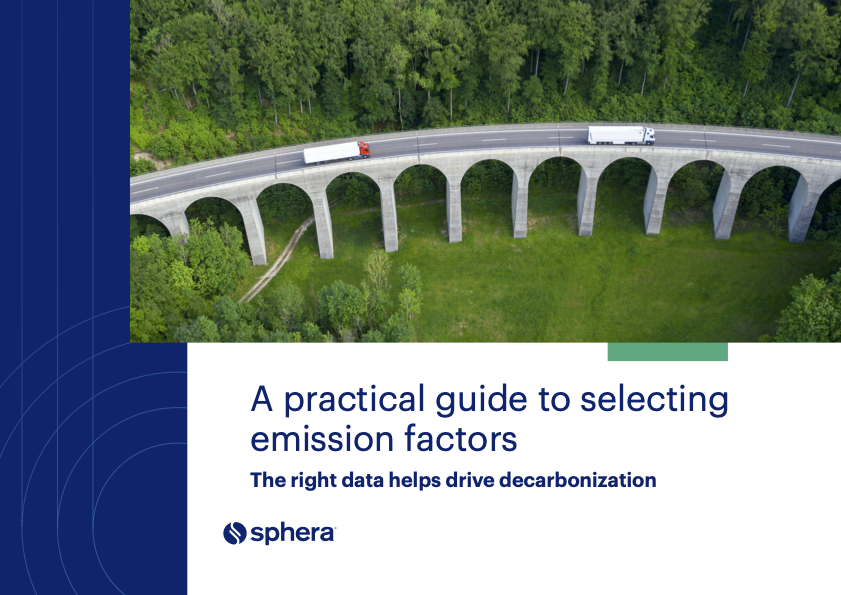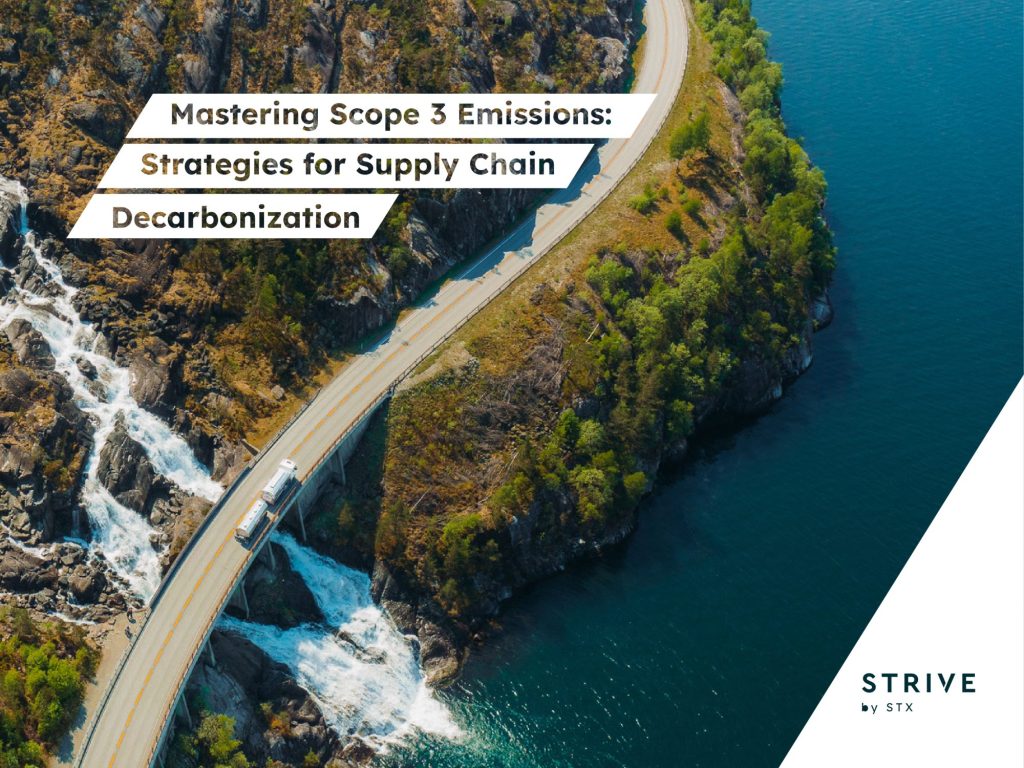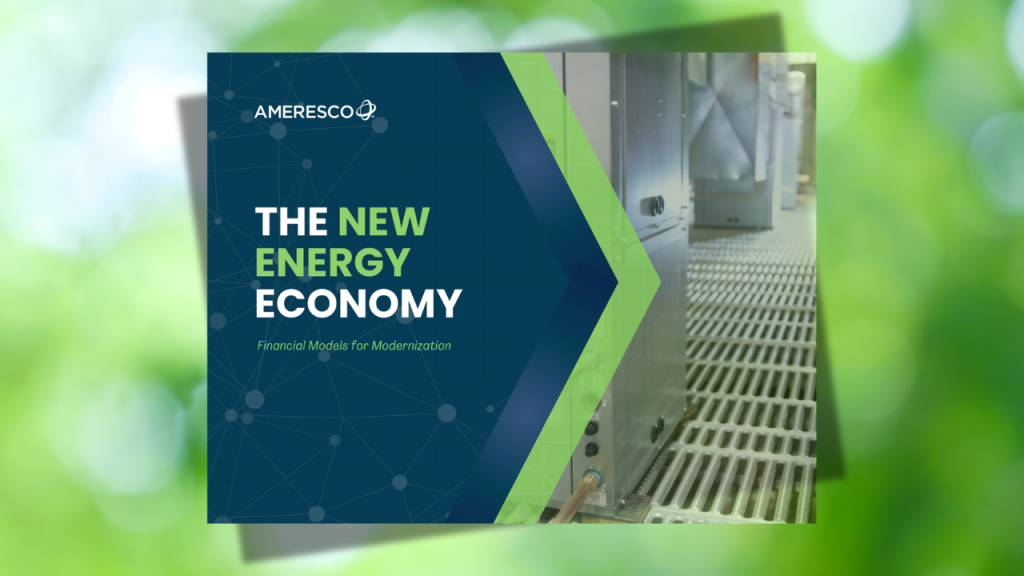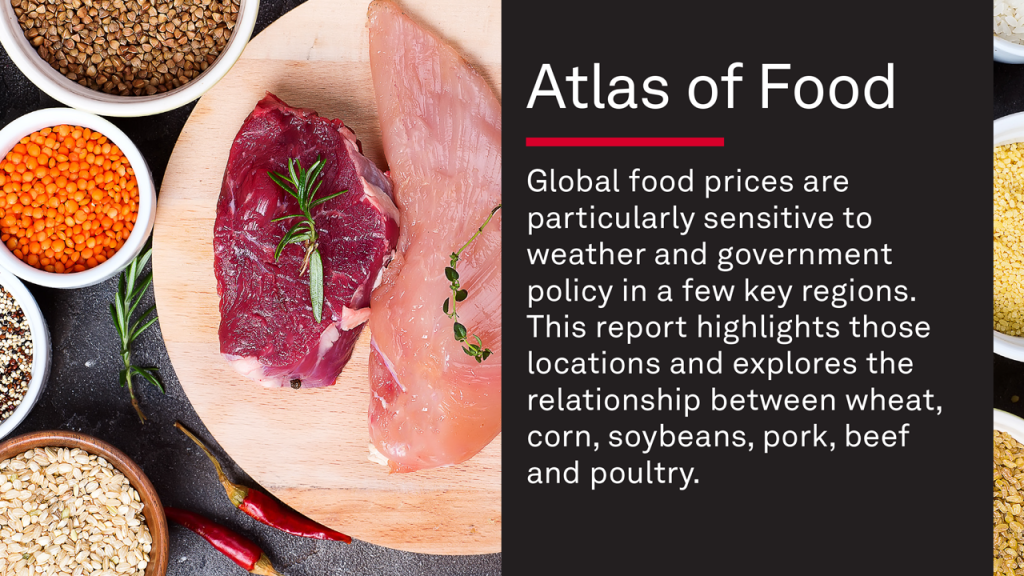Petro-Canada Energy Efficiency and Emissions Reduction
Petro-Canada, one of the country’s leading integrated oil and gas companies, is committed to improving energy efficiency by one per cent per year up to 2005. In an effort to meet or exceed this target, the company has undertaken many initiatives in both the upstream and downstream sectors. One of the energy efficiency measures was undertaken at Petro-Canada’s Wildcat Hills gas plant. The initiative involved substituting a chemical used to remove hydrogen sulfide (H2S) and carbon dioxide (CO2) from the natural gas stream with a different product. The new, methyl-diethanolamine – (MDEA) based solvent — also called a selective solvent — can selectively absorb one component of acid gas, H2S, more readily than CO2 when in contact with a sour gas inlet stream that requires sweetening. This particular aspect of using MDEA in the sweetening process is attractive to the gas plant operations at Wildcat Hills.
Sales gas, produced at the plant is limited to having a CO2 content of not more than 2% and an H2S content of 16 parts per million or less. However, the inlet gas that feeds the plant contains approximately 6% CO2 and 4% H2S. Roughly one-third of the inlet CO2 can be safely put into the sales gas.
Substituting MDEA at the gas plant effectively strips the H2S from the incoming gas stream to appropriate contract levels, and allows some of the incoming CO2 to be shipped straight into the sales gas stream. The additional CO2 that remains in the gas stream – the result of using MDEA rather than the original solvent – has reduced the heating value of the unit sales gas slightly, but not below the plant’s contract minimum of 36.5 MJ/m3.
After the sour gas has been treated, the solvent is regenerated through a reboiling process that removes the H2S and CO2 and allows the solvent to be reused. The reboiling process uses heat produced in the plant from fuel gas. The amount of solvent required relates to the amount of chemical that must be absorbed from the gas stream. Solvent volumes are important because of their cost.
Because of its ability to absorb acid gas components selectively, the new MDEA-based solvent allows the plant to process more sour gas per unit of solvent than when using the old solvent. As a result, the selective solvent has reduced the amount of energy used to operate the re-boilers, pumps, condensers, fans and coolers in the solvent regeneration system. The efficiency gain translates into an accompanying reduction in the demand for fuel gas of approximately 32,000 cubic metres (m3) per day. This has allowed the plant’s throughput to be doubled, even though the same amount of fuel gas is being used to regenerate the solvent. In addition, the fuel gas savings has reduced greenhouse gas (GHG) emissions by an estimated 22.7 kilotonnes of CO2 equivalent per year since the conversion was made in the third quarter of 1998.
From Petro-Canada’s point of view, the main benefit of converting the plant to the use of selective solvent (from DEA to MDEA) is that the plant can now process more gas while using the same amount of input energy. The plant can now process an additional 400,000 m3 of gas per day. Switching to the MDEA solvent to sweeten sour gas at the plant has also limited the increase in the plant’s greenhouse gas emissions that was anticipated as a result of increased gas production. Overall, the increase in throughput has resulted in an increase in GHG emissions at the plant, although emissions are now significantly lower per-unit of production. At the same time, the quality of acid gas sent to the sulphur plant has also improved because of its higher H2S to CO2 ratio. Additional benefits of the initiative include longer sulphur plant catalyst bed life, reduced incinerator fuel consumption and a noticeable reduction in the energy intensity of gas production at the plant.
